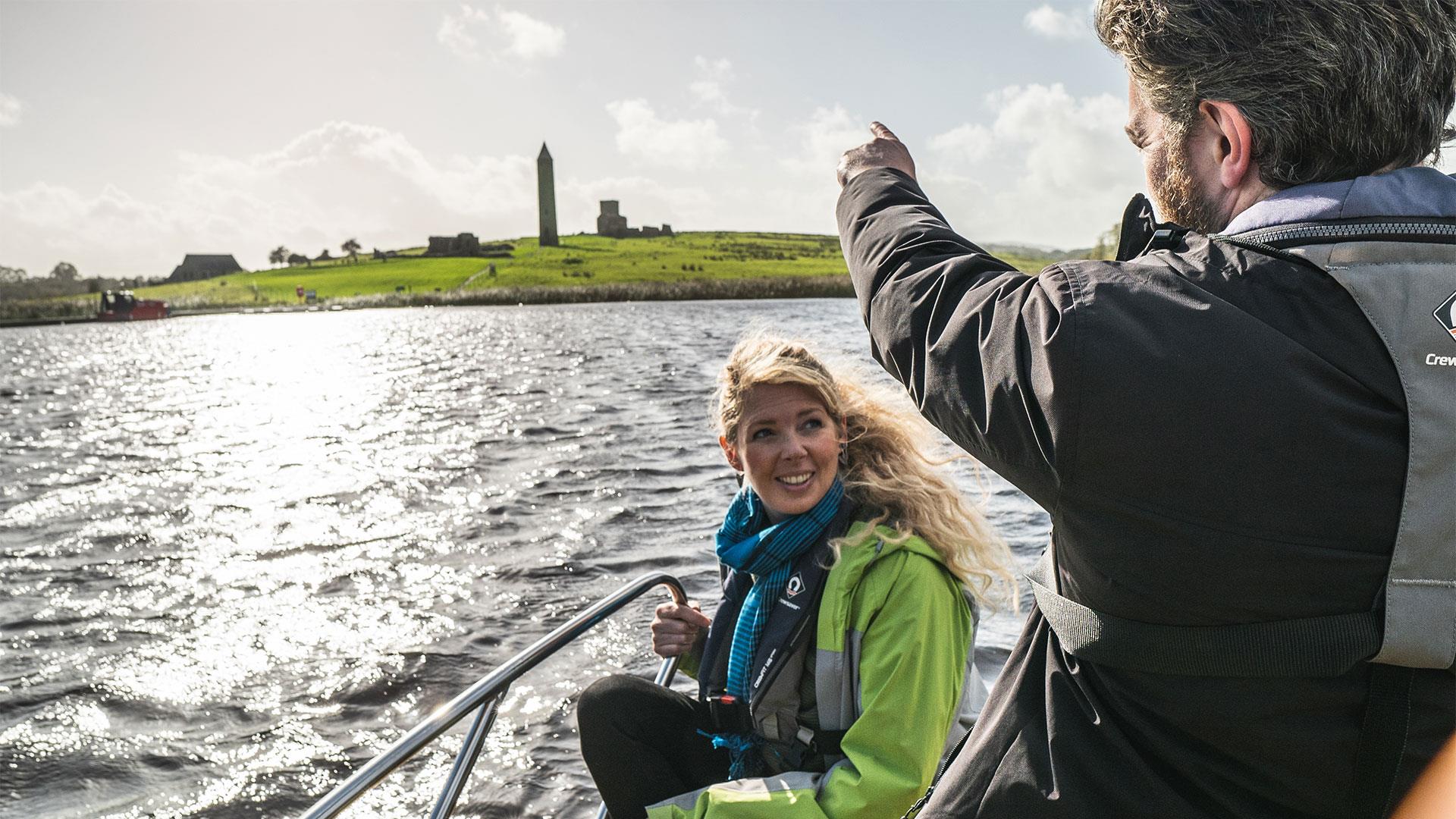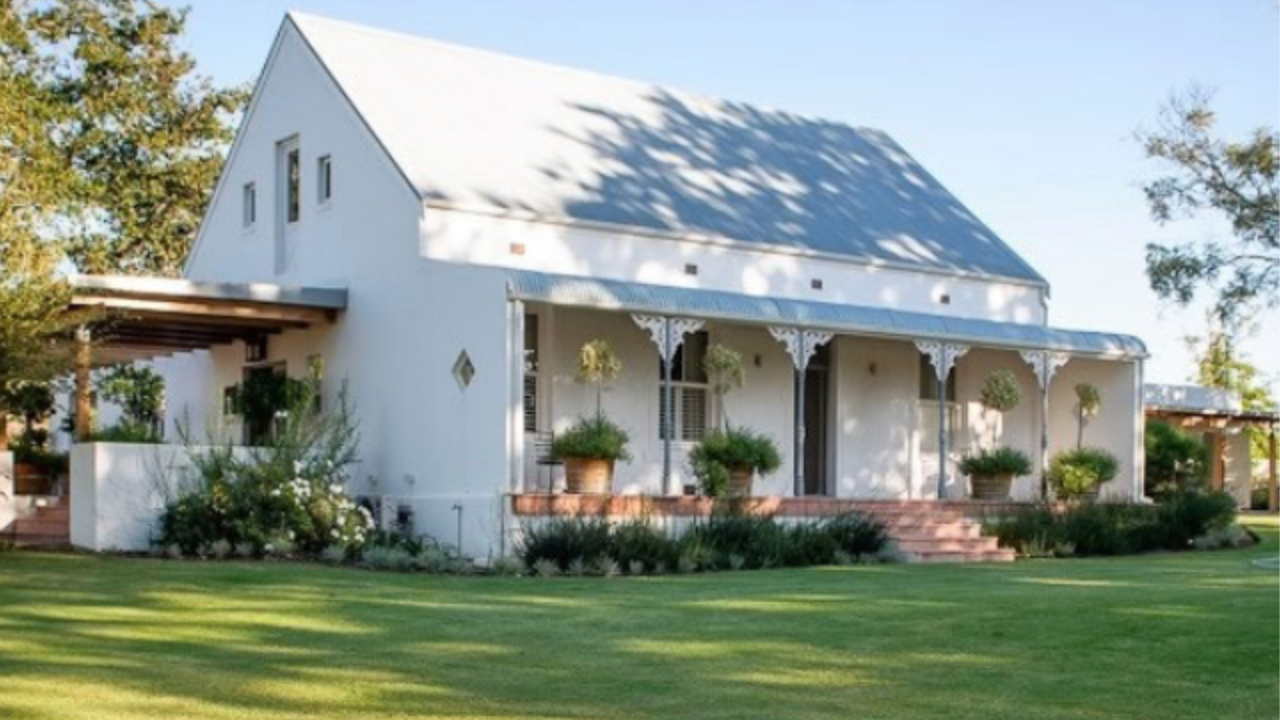Alan Byrne of AB Tours Dublin, historian and a tour guide, was recently interview on the Love Ireland Podcast. As a follow up on the interesting and informative chat, Alan shares his Top 10 favourite lesser-known sites for travellers to Dublin to explore.
Watch the short video below:-
Contact AB Tours Dublin to plan your trip Click here
Sweny’s Pharmacy. Sweny’s is located on Lincoln Place behind Trinity College. It became famous from being featured in James Joyce’s Ulysees. The protagonist, Leopold Bloom purchases lemon soap there to use in the neighbouring Turkish Baths (long since demolished, sadly). The building hasn’t changed much from its original Victorian interior. It no longer functions as a pharmacy, but as a sort of Joycean museum (although you can still buy lemon soap). It’s currently run by PJ Murphy, a very interesting man who lectures on Joyce all over the world. Even if you are not a literary fan, be sure to call in to see PJ for some lemon soap. He may even sing you a song – More Information
St. Michan’s Church. Located on Church Street, Arran Quay – Near the former Jameson Bow Lane Distillery. St. Michans is one of the oldest churches in Dublin, but it’s what lies beneath that attracts visitors. The crypts of St. Michan’s hold the bodies of many notable Dubliners. Due to a peculiar dryness, the bodies are remarkably well preserved – some are hundreds of years old. The coffins have worn away, but the bodies are on display for all to see. Dublin author Bram Stoker is known to have visited the crypts as a young man, and the bodies may have inspired his most famous creation, Dracula. In 2019 a man was arrested for stealing parts of the bodies and was jailed for 28 months.
IMMA – Irish Museum of Modern Art Located at the (former) Royal Hospital Kilmainham. IMMA is situated right between two very popular attractions – The Guinness Storehouse, and Kilmainham Gaol (Jail). If you’re planning a visit to either, be sure to factor in the gallery and its grounds. Formerly an army hospital, it has been converted into a stunning museum space, featuring beautiful gardens – so even if you’re not an art lover it’s worth visiting. Several wings of the hospital are now exhibition spaces, and the former stables are used as studios. Generally there is no admission price for the exhibitions. The grounds have also hosted many concerts in recent years including some renowned performances by Leonard Cohen. Other parts of the old buildings are available for hire for weddings or social events including 1930s Great Gatsby style parties.
Iveagh Gardens Located off Harcourt Street. Dublin is famous for its many beautiful city parks, but the Iveagh Gardens is an often overlooked haven in the city. It can be a little difficult to find as it is entirely surrounded by buildings, but this only adds to its peaceful charm. The gardens were formerly in private ownership, eventually belonging to members of the Guinness family. In 1939, Lord Iveagh (Rupert Guinness) gifted the park to the people of Ireland. The park is often used for small outdoor performances during the summer months. A lovely less crowded place to people-watch or have some lunch.
Marsh’s Library Located on St. Patrick’s Close, behind St. Patrick’s Cathedral. While the library at Trinity College is spectacular and attracts a huge number of visitors, Marsh’s Library is in fact older, dating back to 1707. It was founded by Dean of St. Patrick’s Cathedral, Archbishop Narrcissus Marsh. Many famous Irish authors were known visitors to the library including Bram Stoker and Johnathan Swift (who was also a Dean of St. Patrick’s.). The library formerly had a problem with book theft, so used to lock readers into private cages to study! The cages are still in place for visitors to see. Marsh’s library charge a small entrance fee for upkeep, but it’s generally cheaper than a short bus fare. A great visit for book lovers.
Traditional Music Pubs; The Cobblestone (Smithfield), McNeill’s (Capel Street). Traditional Irish music is a huge draw for visitors to Ireland, particularly to the Temple Bar Area. While the musicians there are very talented and everyone has a good time, there is often a more authentic experience to be had by venturing slightly away from the centre. The pubs of Temple Bar tend to attract a majority tourist crowd, are more expensive than other places, and the musicians are paid entertainment. Some of the lesser known locations have traditional music played solely by patrons of the pub. A traditional Irish music session will involve amateur (but highly skilled) players sitting in the corner in a circle playing amazing tunes whether the bar is full or empty – no stage, no microphones. They do it for the love of music. One great feature is sean nós (old style) singing. In general someone will sing an old ballad, often in Irish, and unaccompanied by instrumentation, and the entire bar will go completely silent during the song (to talk during sean nós is a huge faux pas). So while you will have a great time in Temple Bar, places like The Cobblestone or McNeills and several others are where the locals go for music. Just don’t make a big fuss or you’ll stand out as an obvious tourist. Act like it’s all completely normal and you’ll have a great time.
Dublin’s new Whiskey Distilleries; Teeling Distillery, Dublin Liberties Distillery, Pearse Lyons, Roe & Co. Dublin was famous for its whiskey distilling, but between 1974 and 2015, no whiskey was distilled in the city. (Jameson has a visitor attraction in their old Dublin distillery, but manufacture takes place in Cork.) In the last several years there has been a renaissance in Irish whiskey, with several new sites distilling within the city once more. All of the new distilleries offer tours where you can see each stage of the distillation process before your eyes. The new distilleries try to complement each other, so all are worth visiting even if you’ve been to one already. Teeling focuses on the process and history of whiskey; Dublin Liberties Distillery focuses on the stories behind whiskey and the local area; Pearse Lyons focuses on the preservation of its church building and graveyard, and how they managed to turn this into a working distillery; and Roe and Co is a new distillery utilising the old Guinness Power Station building. Tours of the sites generally start at around €17 which includes a few drinks, but premium tickets are available also. Honorable mention to the Irish Whiskey Museum, who don’t distill themselves, but do offer tours on the history of Irish whiskey – since they’re not attached to any brand, they don’t try to push any particular type of whiskey in the gift shop.
Jam Art Factory & Icon Factory – Located in Temple Bar and Nicholas Street. There are many Irish gift shops that sell cheap tacky green souvenirs that make the locals cringe. Two exceptions are the Icon Factory (Temple Bar) and the Jam Art Factory (Temple Bar, and also Nicholas Street beside St. Patrick’s Cathedral). These sites produce souvenirs, prints and crafts with a heavy emphasis on local sites and personalities dear to the hearts of real Dubliners – no shamrocks or leprechauns! The pieces are all done by local artists and not mass produced, so it also helps the local economy. Much better to find a unique local gift or artwork to take home than a plastic green hat! I have several of their works hanging in my own hose. Have a look at some of the shops around Cow’s Lane too for more locally produced wares.
Simon’s Place Cafe – South Great George’s Street. Cafe culture has exploded in Dublin in recent years, but one beloved cafe has changed very little since it opened in the 90s – Simon’s Place. They serve a simple menu of teas, coffees, sandwiches, salads and cakes all homemade and at an affordable price. The queue is frequently out the door, but there’s always plenty of seating downstairs. Their cinnamon buns are also legendary. A nice unpretentious place to meet for lunch with friends.
Museum of Decorative Arts & History – Collins Barracks. This museum was formerly the Royal Barracks under British rule, but has been converted into a fantastic museum. Most of the museum consists of decorative arts, but for the last few years it has also housed a significant collection relating to Ireland’s revolutionary period against British rule, most notably the 1916 rebellion. There is a dedicated wing full of artifacts from 1916, just outside the main buildings, which can be easy to miss. Behind the museum is Arbour Hill cemetery, where many of the leaders of the rebellion were interred. While Kilmainham Gaol (Jail) and the GPO both have exhibitions relating to 1916, this one is often overlooked, but is every bit as good. Admission is also free, unlike the other places. The museum is located near the Phoenix Park, and also across the river from Guinness, so it’s worth checking out if you are down that end of town.
Contact Alan from AB Tours for more information on the tours he offers via Social Media – Instagram and Facebook also READ MORE HERE




